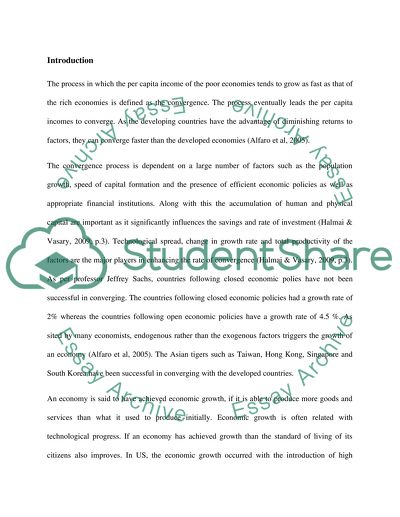Cite this document
(“Macroeconomic Convergence, Development And Growth Essay”, n.d.)
Retrieved de https://studentshare.org/finance-accounting/1391267-macroeconomic-convergence-development-and-growth
Retrieved de https://studentshare.org/finance-accounting/1391267-macroeconomic-convergence-development-and-growth
(Macroeconomic Convergence, Development And Growth Essay)
https://studentshare.org/finance-accounting/1391267-macroeconomic-convergence-development-and-growth.
https://studentshare.org/finance-accounting/1391267-macroeconomic-convergence-development-and-growth.
“Macroeconomic Convergence, Development And Growth Essay”, n.d. https://studentshare.org/finance-accounting/1391267-macroeconomic-convergence-development-and-growth.


